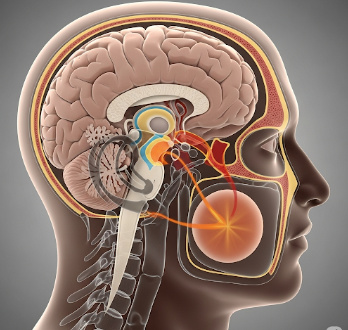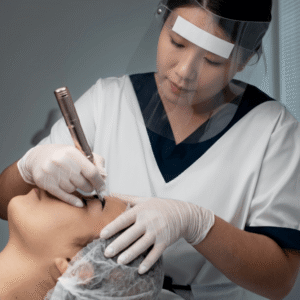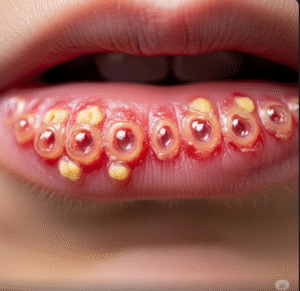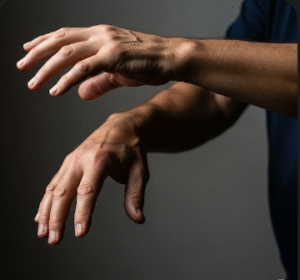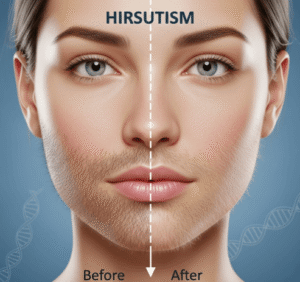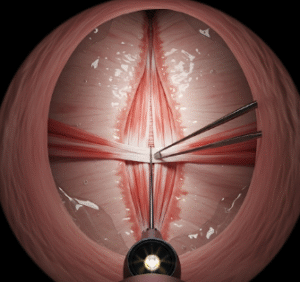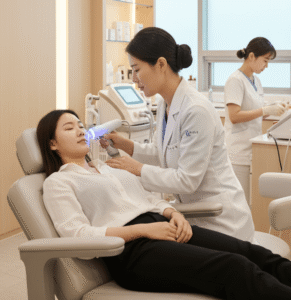Overview
Benign Intracranial Hypertension (BIH), also known as Idiopathic Intracranial Hypertension (IIH) or pseudotumor cerebri, is a neurological condition where the pressure inside the skull (intracranial pressure) is elevated without an obvious cause such as a brain tumor or infection. Despite the term “benign,” the condition can cause significant symptoms, including severe headaches and vision problems, and may lead to permanent vision loss if untreated. In Korea, BIH is carefully managed through advanced diagnostic imaging, lumbar puncture procedures, and tailored treatment plans, often in collaboration between neurology and ophthalmology specialists.
What is Benign Intracranial Hypertension?
Benign Intracranial Hypertension occurs when the cerebrospinal fluid (CSF) surrounding the brain and spinal cord increases in pressure without an identifiable mass or obstruction. The condition mimics the symptoms of a brain tumor, hence the term “pseudotumor cerebri.” It is most commonly seen in women of childbearing age, especially those who are overweight, but it can affect men and children as well.
The condition is called “idiopathic” because in many cases, no clear cause can be found. However, certain risk factors, medical conditions, and medications are linked to its development.
Symptoms
The symptoms of BIH can vary in severity and may develop gradually or suddenly. Common signs include:
- Severe, throbbing headaches often worse in the morning or when bending over
- Blurred or double vision
- Transient visual obscurations (temporary vision loss lasting seconds)
- Papilledema (swelling of the optic nerve seen during an eye exam)
- Tinnitus (ringing in the ears), often pulsatile and in sync with heartbeat
- Nausea and vomiting
- Neck or shoulder pain
- Difficulty concentrating
In severe or untreated cases, vision loss can become permanent due to prolonged optic nerve damage.
Causes
The exact cause of BIH is unknown in idiopathic cases, but it is thought to be related to impaired CSF absorption or overproduction. Potential causes and contributing factors include:
- Obesity, particularly in women of reproductive age
- Certain medications, including:
- Tetracycline antibiotics
- Vitamin A derivatives (such as isotretinoin)
- Steroid withdrawal
- Hormonal changes, such as during pregnancy
- Blood clot in brain venous sinuses (cerebral venous sinus thrombosis)
- Endocrine disorders such as hypothyroidism or Addison’s disease
Risk Factors
Individuals at higher risk for BIH include:
- Women aged 20–40 years
- People with obesity or recent rapid weight gain
- Patients taking medications linked to intracranial pressure changes
- Those with certain autoimmune or hormonal conditions
Complications
If left untreated, BIH can lead to:
- Permanent vision loss from sustained optic nerve swelling
- Chronic headaches that interfere with daily life
- Reduced quality of life due to ongoing symptoms
- Psychological effects such as anxiety or depression
Prevention
While not all cases of BIH can be prevented, certain strategies may lower risk:
- Maintaining a healthy weight
- Avoiding medications known to increase intracranial pressure unless necessary
- Regular eye examinations, especially for at-risk groups
- Prompt evaluation of persistent headaches or vision changes
Treatment Options in Korea
In Korea, BIH treatment aims to lower intracranial pressure, relieve symptoms, and prevent vision loss. Multidisciplinary teams involving neurologists, ophthalmologists, and sometimes neurosurgeons collaborate for optimal care.
Diagnosis
Korean medical centers use a structured approach to diagnosing BIH, which may include:
- Comprehensive eye exam including optic nerve evaluation and visual field testing
- Brain MRI or CT scan to rule out tumors, lesions, or venous sinus thrombosis
- Lumbar puncture (spinal tap) to measure CSF pressure and analyze fluid composition
- Blood tests to identify underlying conditions or medication effects
Medical Management
- Weight loss programs — Even a 5–10% weight reduction can significantly reduce symptoms. Korean hospitals often provide medically supervised diet and exercise plans.
- Medications —
- Acetazolamide (first-line treatment) to reduce CSF production
- Furosemide as an additional diuretic in some cases
- Topiramate to lower pressure and aid in weight loss while reducing headaches
- Pain management — Nonsteroidal anti-inflammatory drugs (NSAIDs) or prescribed migraine medications for headache relief
Surgical or Procedural Interventions
If symptoms are severe or vision is at risk despite medication, Korean specialists may recommend:
- Optic nerve sheath fenestration — A microsurgical procedure to relieve optic nerve pressure and protect vision
- CSF shunt placement — Ventriculoperitoneal or lumboperitoneal shunt to drain excess fluid and maintain normal pressure
- Venous sinus stenting — For patients with venous sinus narrowing confirmed by imaging, this minimally invasive approach restores blood flow and reduces pressure
Rehabilitation and Support
- Regular ophthalmology follow-up to monitor vision stability
- Neurology consultations for ongoing pressure management
- Psychological counseling for patients coping with chronic symptoms
- Patient education — Korean hospitals place strong emphasis on helping patients understand their condition, recognize early warning signs, and adhere to treatment plans
Prognosis
With early diagnosis and proper management, most patients with BIH in Korea can achieve good control of symptoms and avoid permanent vision damage. However, ongoing monitoring is essential, as the condition can recur, especially if weight increases or triggering factors return.

